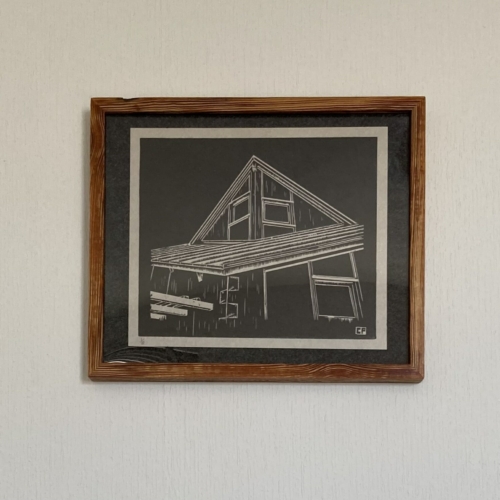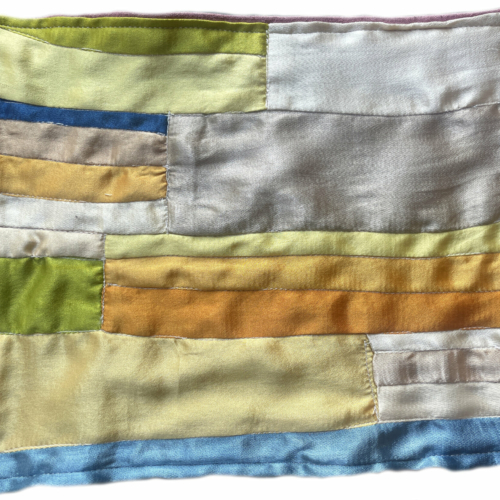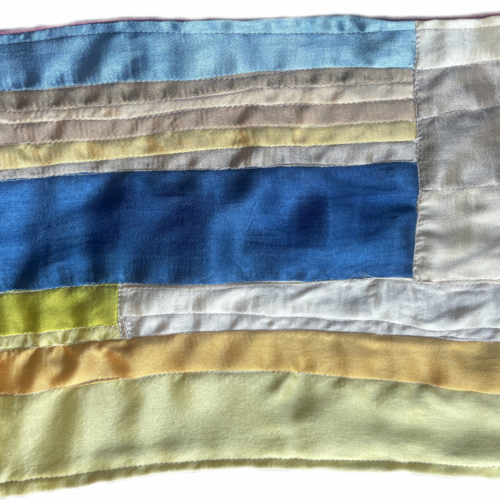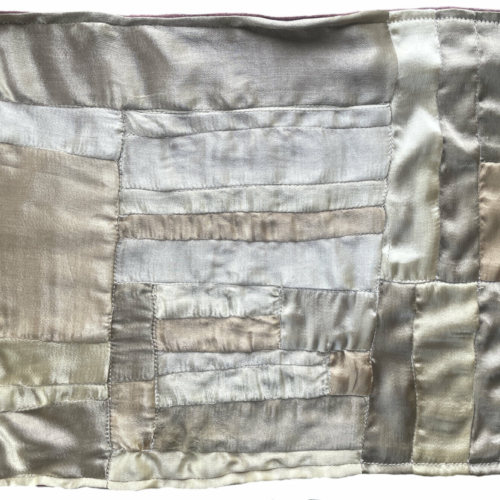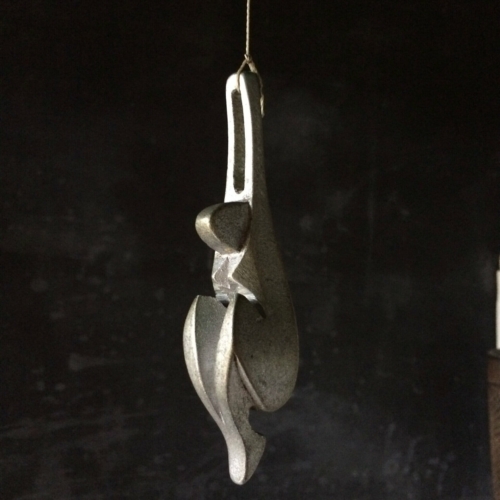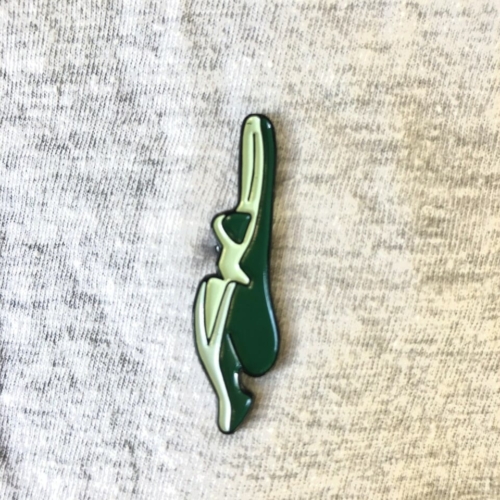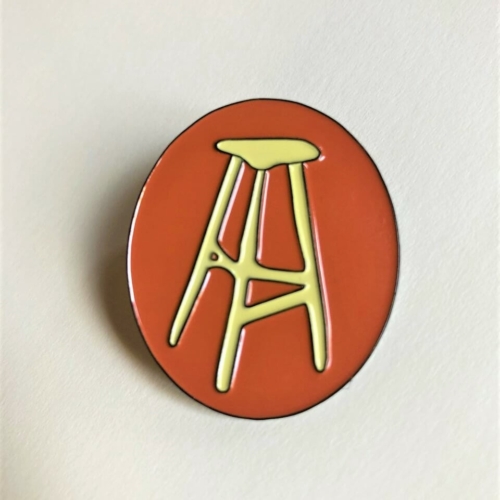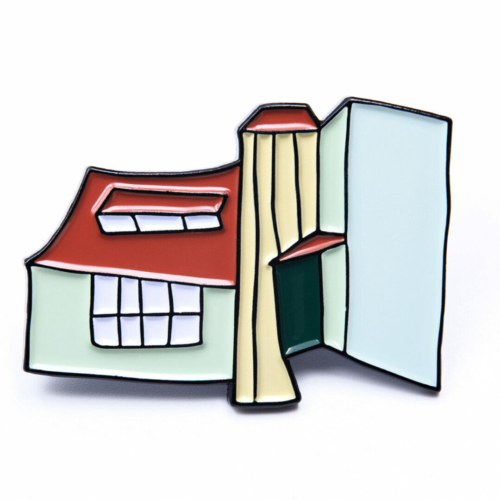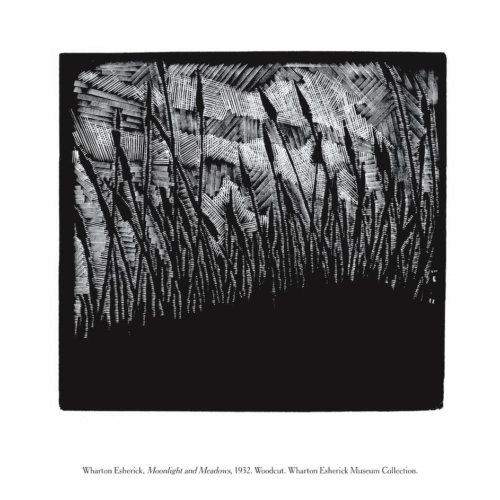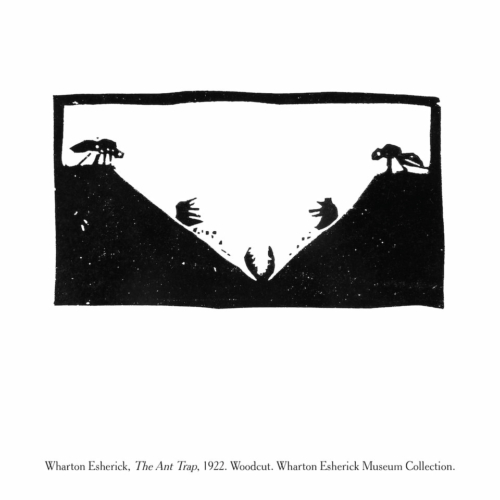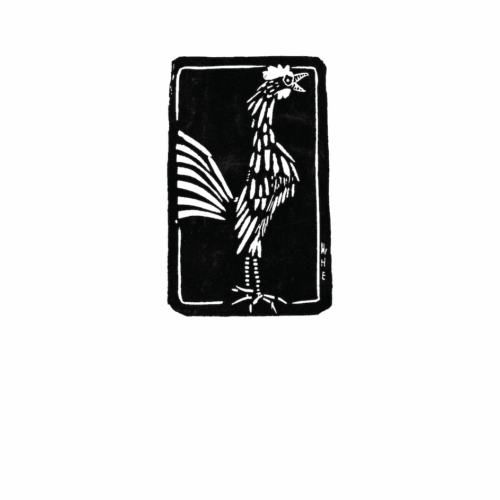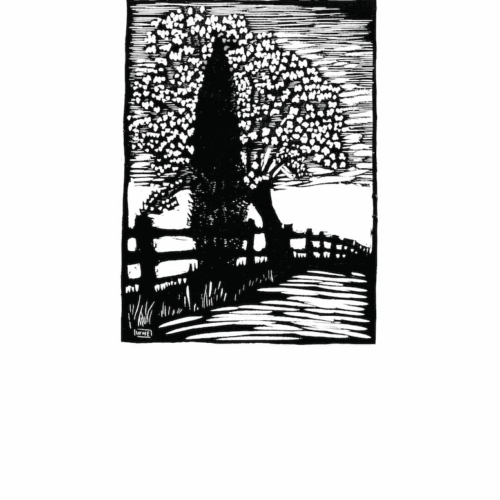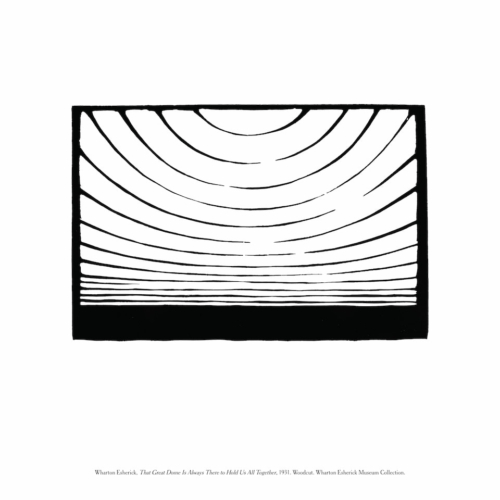-
 Live at The Museum for Art in Wood 10/14/2022 Run Time: 9:49 Composed and Performed by Colin Pezzano & Sam Gasparre.Recorded by Kevin Keenan http://www.colinpezzano.com/
Live at The Museum for Art in Wood 10/14/2022 Run Time: 9:49 Composed and Performed by Colin Pezzano & Sam Gasparre.Recorded by Kevin Keenan http://www.colinpezzano.com/ -
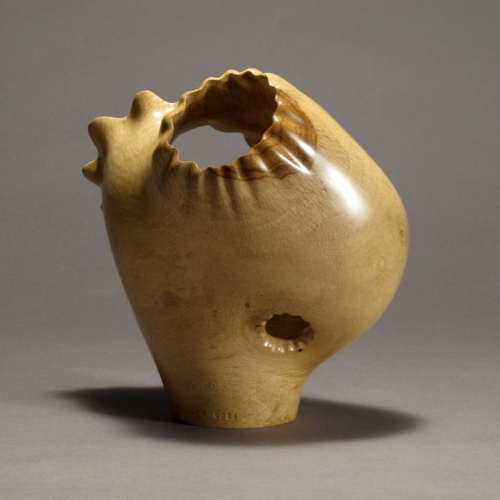
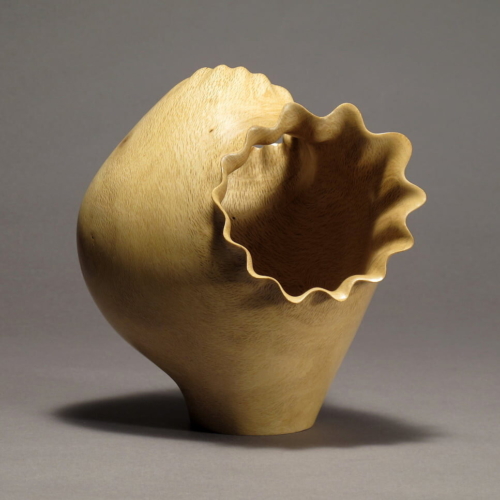
Danny Kamerath
Burst, 2024
Post oak
9 x 9 x 9 inches
This artwork is featured in Renewal: WEM's 31st Annual Juried Woodworking Exhibition on view through September 7, 2025.
The twenty-five artists featured in this exhibition each approach renewal from a unique perspective, yet they share an interest in exploring its many manifestations through wood, whether focusing on its material properties, historical resonance, inherent narratives, or metaphorical potential.
*Shipping of artworks from the Juried Woodworking Exhibition will be arranged by the artist. Please enter the coupon code juried31 at checkout to receive free shipping on these items.
*Member discount cannot be applied to artworks in the Juried Woodworking Exhibition.
-
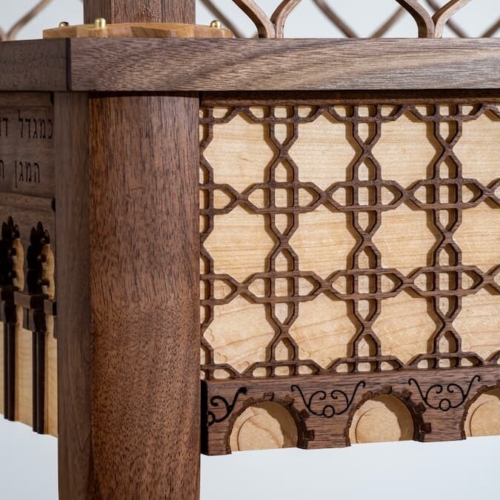
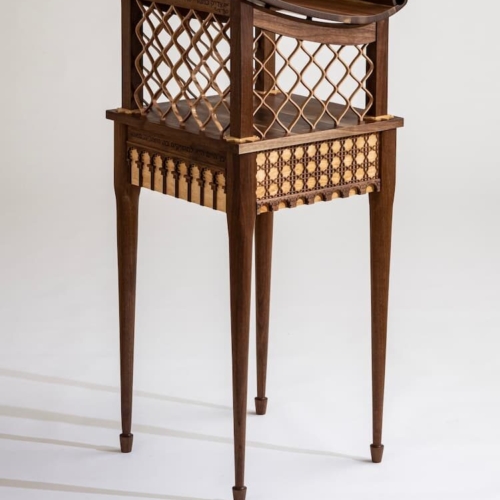 Dotan Appelbaum Abulafia Lectern, 2021 Walnut, maple, maple veneer, brass 20 x 20 x 40 inches This artwork is featured in Renewal: WEM's 31st Annual Juried Woodworking Exhibition on view through September 7, 2025. The twenty-five artists featured in this exhibition each approach renewal from a unique perspective, yet they share an interest in exploring its many manifestations through wood, whether focusing on its material properties, historical resonance, inherent narratives, or metaphorical potential. *Shipping of artworks from the Juried Woodworking Exhibition will be arranged by the artist. Please enter the coupon code juried31 at checkout to receive free shipping on these items. *Member discount cannot be applied to artworks in the Juried Woodworking Exhibition.
Dotan Appelbaum Abulafia Lectern, 2021 Walnut, maple, maple veneer, brass 20 x 20 x 40 inches This artwork is featured in Renewal: WEM's 31st Annual Juried Woodworking Exhibition on view through September 7, 2025. The twenty-five artists featured in this exhibition each approach renewal from a unique perspective, yet they share an interest in exploring its many manifestations through wood, whether focusing on its material properties, historical resonance, inherent narratives, or metaphorical potential. *Shipping of artworks from the Juried Woodworking Exhibition will be arranged by the artist. Please enter the coupon code juried31 at checkout to receive free shipping on these items. *Member discount cannot be applied to artworks in the Juried Woodworking Exhibition. -
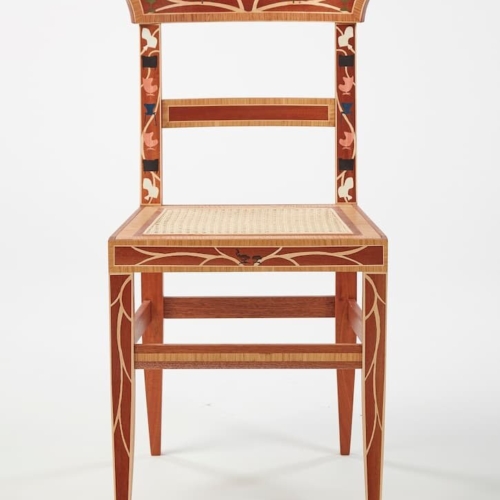
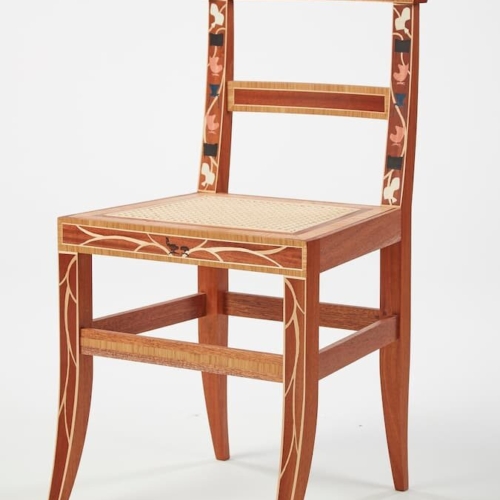 Dotan Appelbaum Chairs, 2023 African mahogany, wood veneers, cane 17 x 16 x 30 inches This artwork is featured in Renewal: WEM's 31st Annual Juried Woodworking Exhibition on view through September 7, 2025. The twenty-five artists featured in this exhibition each approach renewal from a unique perspective, yet they share an interest in exploring its many manifestations through wood, whether focusing on its material properties, historical resonance, inherent narratives, or metaphorical potential. *Shipping of artworks from the Juried Woodworking Exhibition will be arranged by the artist. Please enter the coupon code juried31 at checkout to receive free shipping on these items. *Member discount cannot be applied to artworks in the Juried Woodworking Exhibition.
Dotan Appelbaum Chairs, 2023 African mahogany, wood veneers, cane 17 x 16 x 30 inches This artwork is featured in Renewal: WEM's 31st Annual Juried Woodworking Exhibition on view through September 7, 2025. The twenty-five artists featured in this exhibition each approach renewal from a unique perspective, yet they share an interest in exploring its many manifestations through wood, whether focusing on its material properties, historical resonance, inherent narratives, or metaphorical potential. *Shipping of artworks from the Juried Woodworking Exhibition will be arranged by the artist. Please enter the coupon code juried31 at checkout to receive free shipping on these items. *Member discount cannot be applied to artworks in the Juried Woodworking Exhibition. -
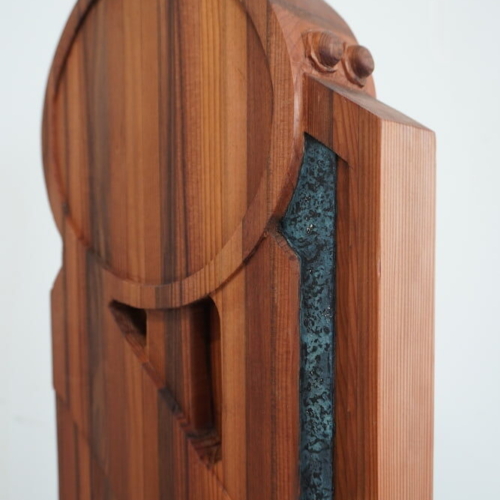
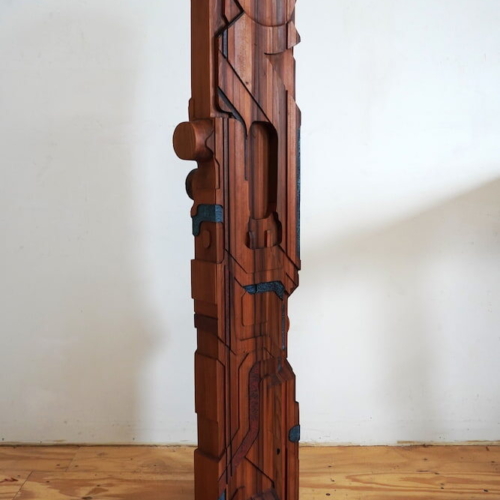 Elias Griffin Engine No. 4, 2024 Reclaimed redwood glulam, copper carbonate, black iron oxide, marble dust, hard-wax oil 16 x 9 x 61 inches This artwork is featured in Renewal: WEM's 31st Annual Juried Woodworking Exhibition on view through September 7, 2025. The twenty-five artists featured in this exhibition each approach renewal from a unique perspective, yet they share an interest in exploring its many manifestations through wood, whether focusing on its material properties, historical resonance, inherent narratives, or metaphorical potential. *Shipping of artworks from the Juried Woodworking Exhibition will be arranged by the artist. Please enter the coupon code juried31 at checkout to receive free shipping on these items. *Member discount cannot be applied to artworks in the Juried Woodworking Exhibition.
Elias Griffin Engine No. 4, 2024 Reclaimed redwood glulam, copper carbonate, black iron oxide, marble dust, hard-wax oil 16 x 9 x 61 inches This artwork is featured in Renewal: WEM's 31st Annual Juried Woodworking Exhibition on view through September 7, 2025. The twenty-five artists featured in this exhibition each approach renewal from a unique perspective, yet they share an interest in exploring its many manifestations through wood, whether focusing on its material properties, historical resonance, inherent narratives, or metaphorical potential. *Shipping of artworks from the Juried Woodworking Exhibition will be arranged by the artist. Please enter the coupon code juried31 at checkout to receive free shipping on these items. *Member discount cannot be applied to artworks in the Juried Woodworking Exhibition. -
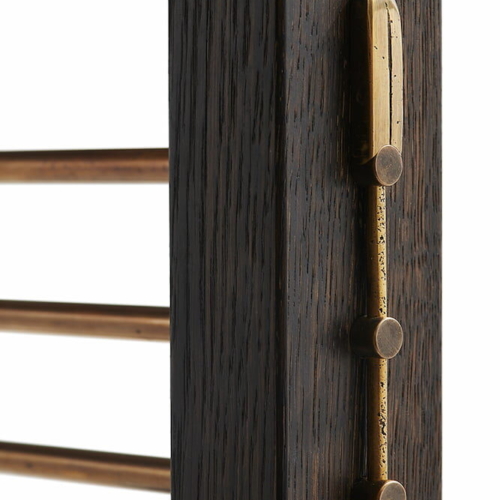
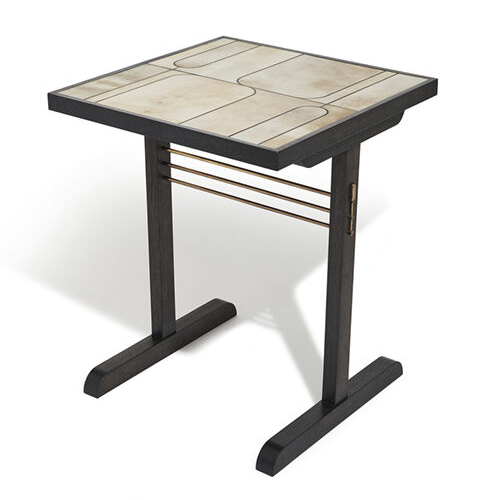 Ellen Sigunik Bistro Trestle Table, 2024 Ebonized oak, goatskin parchment, aged brass inlay, raw sand-cast brass 24 5/8 x 24 5/8 x 30 1/4 inches This artwork is featured in Renewal: WEM's 31st Annual Juried Woodworking Exhibition on view through September 7, 2025. The twenty-five artists featured in this exhibition each approach renewal from a unique perspective, yet they share an interest in exploring its many manifestations through wood, whether focusing on its material properties, historical resonance, inherent narratives, or metaphorical potential. *Shipping of artworks from the Juried Woodworking Exhibition will be arranged by the artist. Please enter the coupon code juried31 at checkout to receive free shipping on these items. *Member discount cannot be applied to artworks in the Juried Woodworking Exhibition.
Ellen Sigunik Bistro Trestle Table, 2024 Ebonized oak, goatskin parchment, aged brass inlay, raw sand-cast brass 24 5/8 x 24 5/8 x 30 1/4 inches This artwork is featured in Renewal: WEM's 31st Annual Juried Woodworking Exhibition on view through September 7, 2025. The twenty-five artists featured in this exhibition each approach renewal from a unique perspective, yet they share an interest in exploring its many manifestations through wood, whether focusing on its material properties, historical resonance, inherent narratives, or metaphorical potential. *Shipping of artworks from the Juried Woodworking Exhibition will be arranged by the artist. Please enter the coupon code juried31 at checkout to receive free shipping on these items. *Member discount cannot be applied to artworks in the Juried Woodworking Exhibition. -
Out of stock
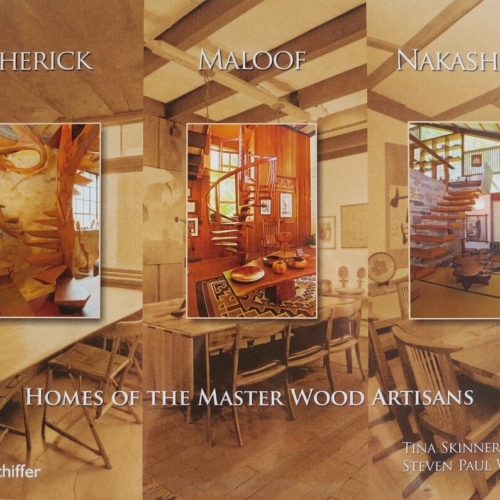 A rich collection of imagery explores the actual homes of three of the most esteemed wood artist/craftsmen of the modern era: Wharton Esherick, Sam Maloofi, and George Nakashima. Tour the private homes of these masters and compare their innovation and vision through the medium of their own homes, gardens, and work areas. Step into their environments, where aesthetics are most accurately realized. You’ll delight in Esherick’s humble mountaintop home where straight lines were purposefully forbidden, and Maloof’s sprawling California home that expresses his inexhaustible creativity and industriousness. Nakashima‘s home is a harmonious marriage of Japanese influences with Pennsylvania’s rich natural resources. This book is a must-have for devotees of these artists, as well as aspiring woodworkers who want tutelage from the top.
A rich collection of imagery explores the actual homes of three of the most esteemed wood artist/craftsmen of the modern era: Wharton Esherick, Sam Maloofi, and George Nakashima. Tour the private homes of these masters and compare their innovation and vision through the medium of their own homes, gardens, and work areas. Step into their environments, where aesthetics are most accurately realized. You’ll delight in Esherick’s humble mountaintop home where straight lines were purposefully forbidden, and Maloof’s sprawling California home that expresses his inexhaustible creativity and industriousness. Nakashima‘s home is a harmonious marriage of Japanese influences with Pennsylvania’s rich natural resources. This book is a must-have for devotees of these artists, as well as aspiring woodworkers who want tutelage from the top. -
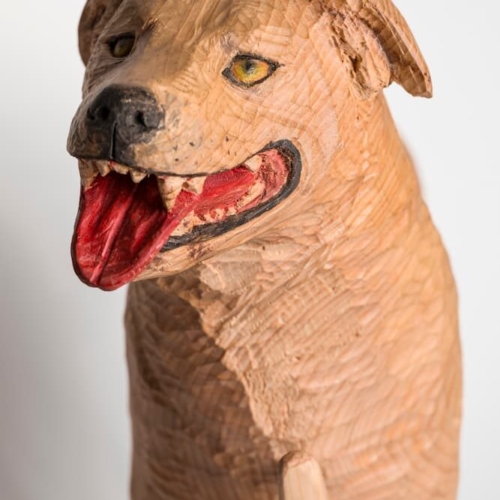
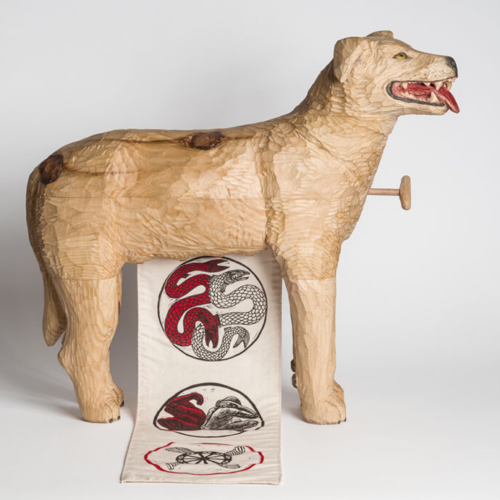 Eva Sturm-Gross D-g Days, 2023 Carved wood, relief printing on fabric 24 x 5 x 12 inches This artwork is featured in Renewal: WEM's 31st Annual Juried Woodworking Exhibition on view through September 7, 2025. The twenty-five artists featured in this exhibition each approach renewal from a unique perspective, yet they share an interest in exploring its many manifestations through wood, whether focusing on its material properties, historical resonance, inherent narratives, or metaphorical potential. *Shipping of artworks from the Juried Woodworking Exhibition will be arranged by the artist. Please enter the coupon code juried31 at checkout to receive free shipping on these items. *Member discount cannot be applied to artworks in the Juried Woodworking Exhibition.
Eva Sturm-Gross D-g Days, 2023 Carved wood, relief printing on fabric 24 x 5 x 12 inches This artwork is featured in Renewal: WEM's 31st Annual Juried Woodworking Exhibition on view through September 7, 2025. The twenty-five artists featured in this exhibition each approach renewal from a unique perspective, yet they share an interest in exploring its many manifestations through wood, whether focusing on its material properties, historical resonance, inherent narratives, or metaphorical potential. *Shipping of artworks from the Juried Woodworking Exhibition will be arranged by the artist. Please enter the coupon code juried31 at checkout to receive free shipping on these items. *Member discount cannot be applied to artworks in the Juried Woodworking Exhibition. -
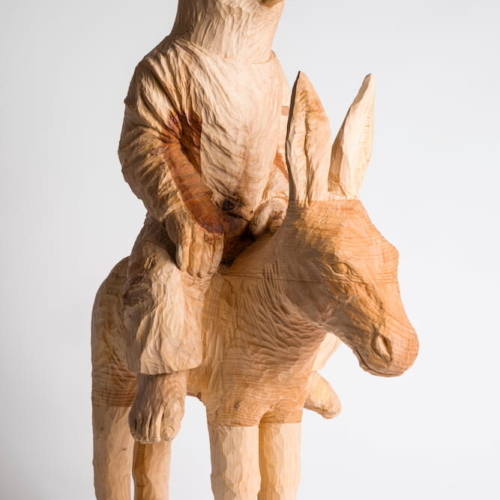
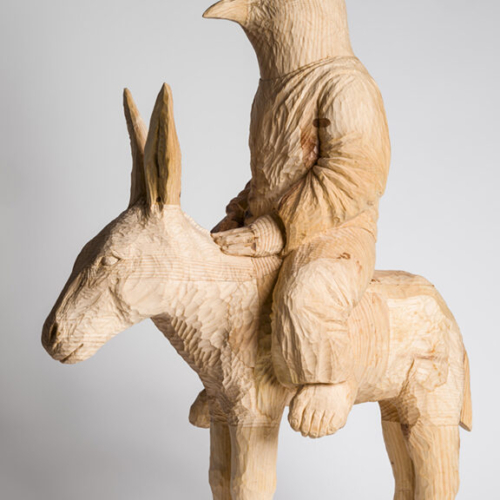 Eva Sturm-Gross The Ass, 2024 Carved wood 24 x 6 x 30 inches This artwork is featured in Renewal: WEM's 31st Annual Juried Woodworking Exhibition on view through September 7, 2025. The twenty-five artists featured in this exhibition each approach renewal from a unique perspective, yet they share an interest in exploring its many manifestations through wood, whether focusing on its material properties, historical resonance, inherent narratives, or metaphorical potential. *Shipping of artworks from the Juried Woodworking Exhibition will be arranged by the artist. Please enter the coupon code juried31 at checkout to receive free shipping on these items. *Member discount cannot be applied to artworks in the Juried Woodworking Exhibition.
Eva Sturm-Gross The Ass, 2024 Carved wood 24 x 6 x 30 inches This artwork is featured in Renewal: WEM's 31st Annual Juried Woodworking Exhibition on view through September 7, 2025. The twenty-five artists featured in this exhibition each approach renewal from a unique perspective, yet they share an interest in exploring its many manifestations through wood, whether focusing on its material properties, historical resonance, inherent narratives, or metaphorical potential. *Shipping of artworks from the Juried Woodworking Exhibition will be arranged by the artist. Please enter the coupon code juried31 at checkout to receive free shipping on these items. *Member discount cannot be applied to artworks in the Juried Woodworking Exhibition. -
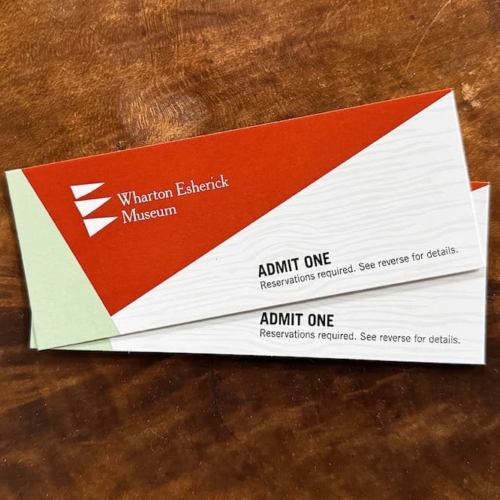 Purchase tickets for an Experiencing Esherick tour to give as gifts to friends and family! Everyone knows someone they'd like to visit the Wharton Esherick Museum! Guest tickets are valued at $20 each (one adult admission to an Experiencing Esherick Tour) and come mailed with a brochure. » Prefer paperless? You can send gift tickets to your loved one via email! Purchase digital gift tickets here.
Purchase tickets for an Experiencing Esherick tour to give as gifts to friends and family! Everyone knows someone they'd like to visit the Wharton Esherick Museum! Guest tickets are valued at $20 each (one adult admission to an Experiencing Esherick Tour) and come mailed with a brochure. » Prefer paperless? You can send gift tickets to your loved one via email! Purchase digital gift tickets here.

